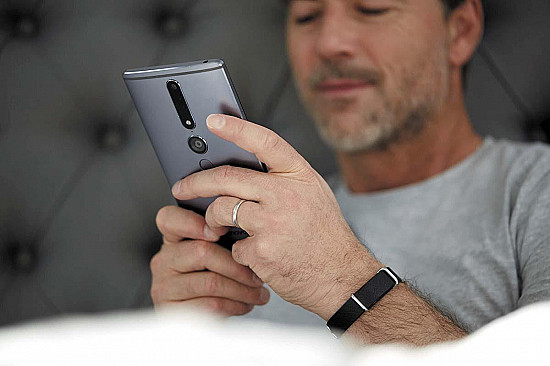New wireless defibrillator approved
Implantable cardioverter-defibrillators (ICDs) are personal devices designed to jump-start the heart, like shock paddles do. A traditional ICD has two parts. A pulse generator about the size of a deck of cards is implanted under the skin just below the collarbone. It contains a battery and computer software and stores an electrical charge. The pulse generator is connected to the heart by wire leads that are threaded into a vein leading into the heart. The leads constantly sense the heart's rhythm and can deliver a shock if necessary to restore a proper heart rhythm. The wires, however, can lead to infections and other problems.
To continue reading this article, you must log in.
Subscribe to Harvard Health Online Plus (HHO+) to unlock expert-backed health insights, personalized tools, and exclusive resources to feel your best every day.
Here’s what you get with your HHO+ membership:
- Unlimited access to all Harvard Health Online content
- 4 expertly curated newsletters delivered monthly
- Customized website experience aligned to your health goals
- In-depth health guides on topics like sleep, exercise, and more
- Interactive features like videos and quizzes
- Members-only access to exclusive articles and resources
I’d like to subscribe to HHO+ for $4.99/month to access expert-backed content to help make smart, informed decisions about my well-being.
Sign Me UpAlready a member? Login ».
Disclaimer:
As a service to our readers, Harvard Health Publishing provides access to our library of archived content. Please note the date of last review or update on all articles.
No content on this site, regardless of date, should ever be used as a substitute for direct medical advice from your doctor or other qualified clinician.















